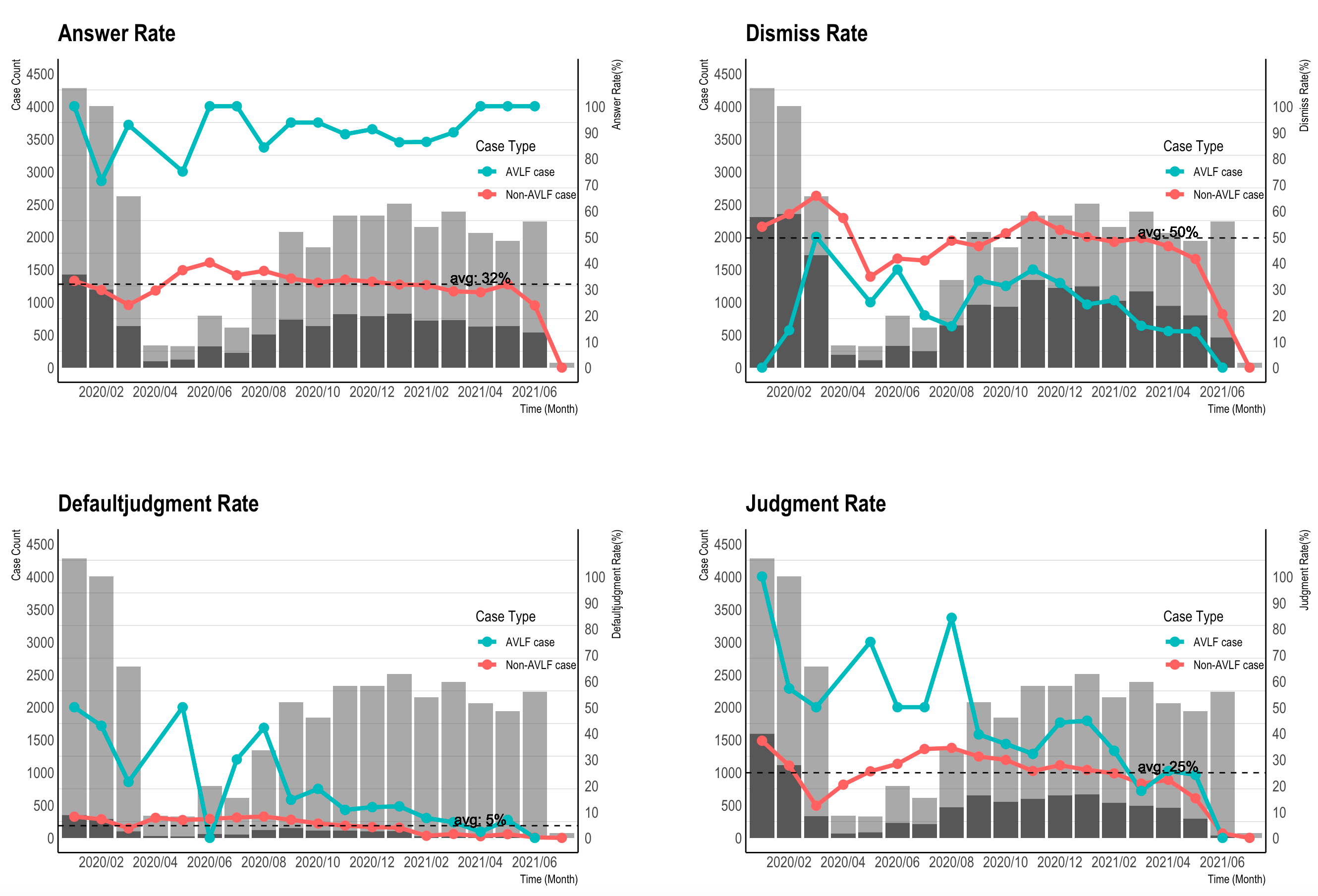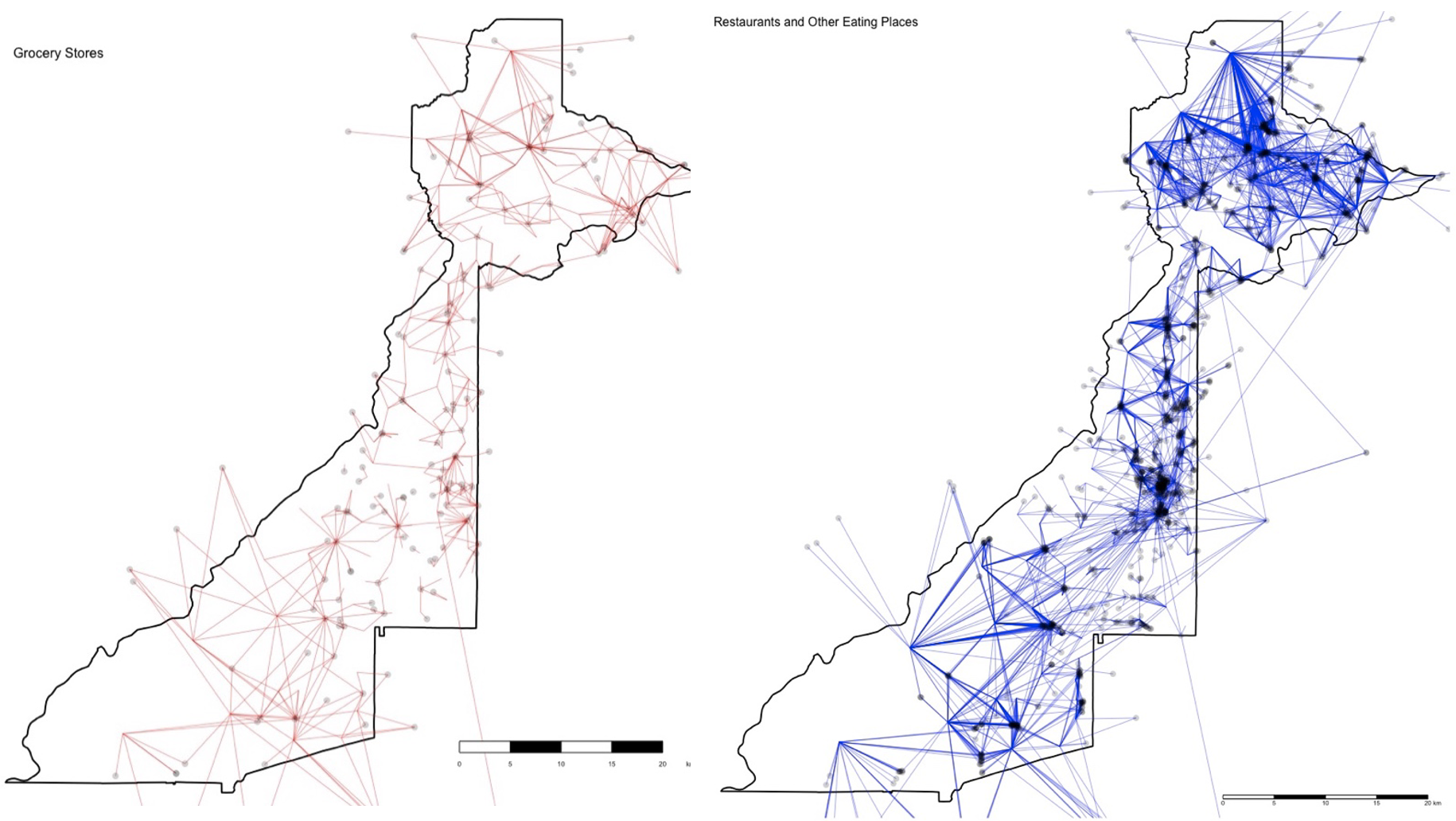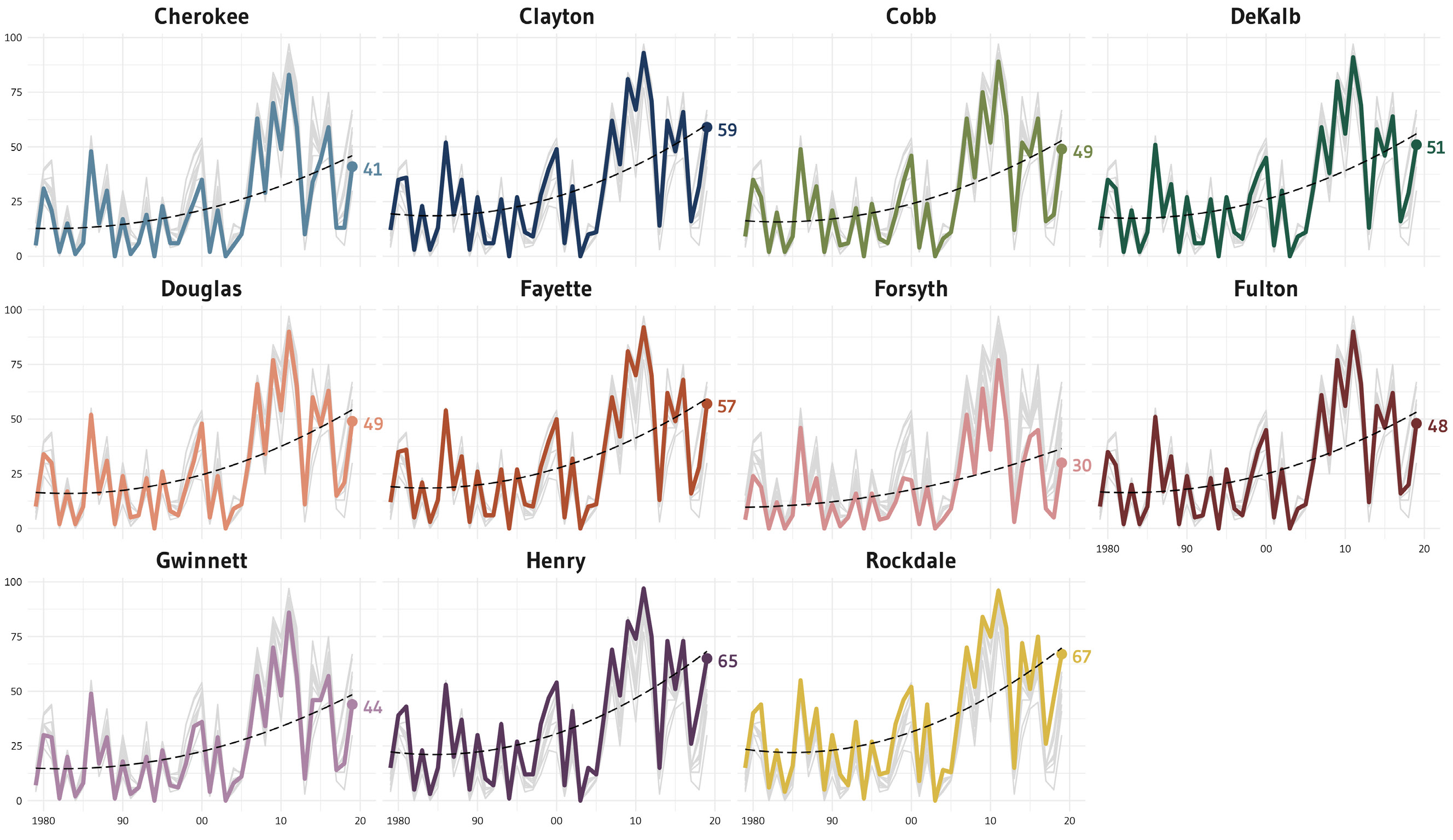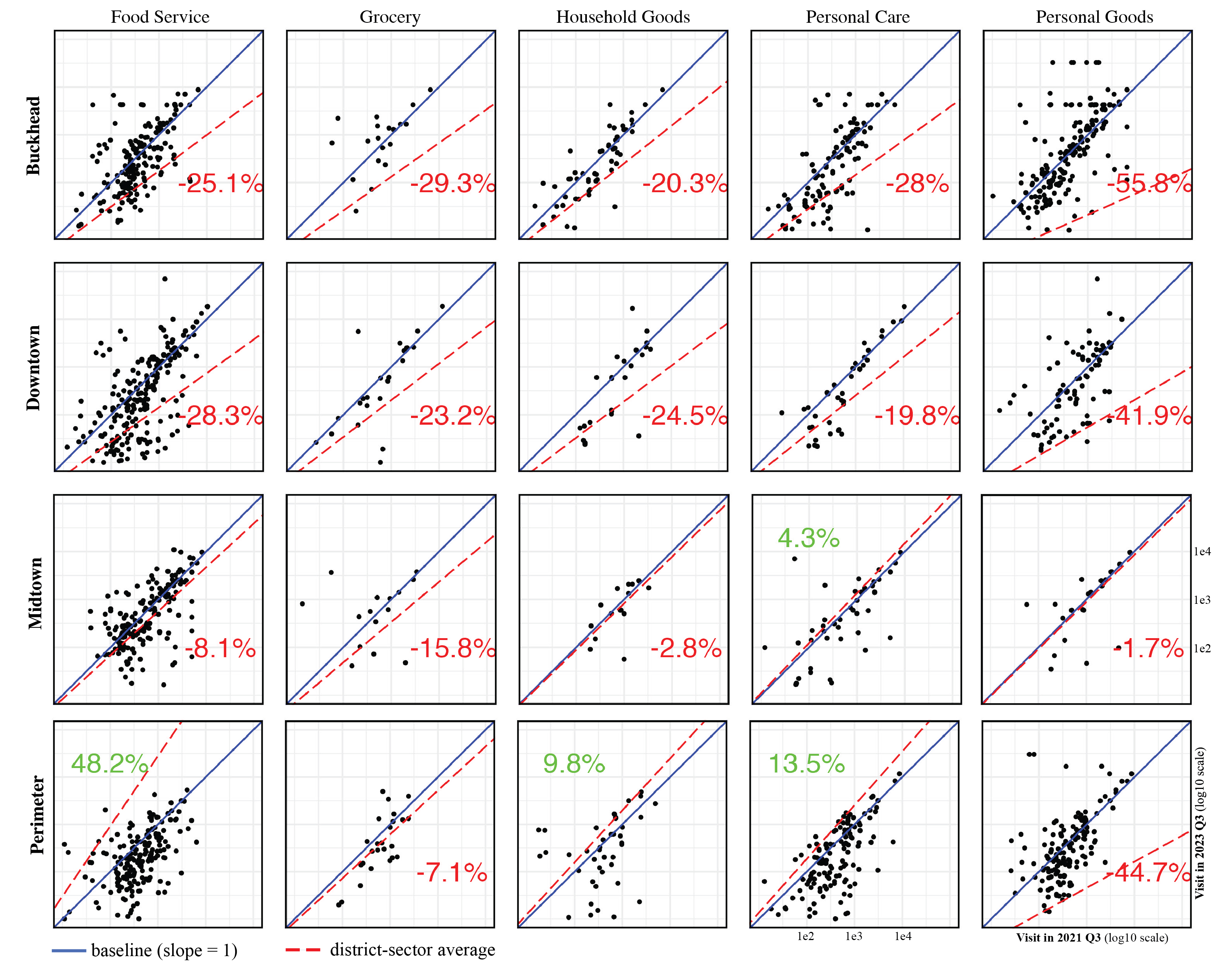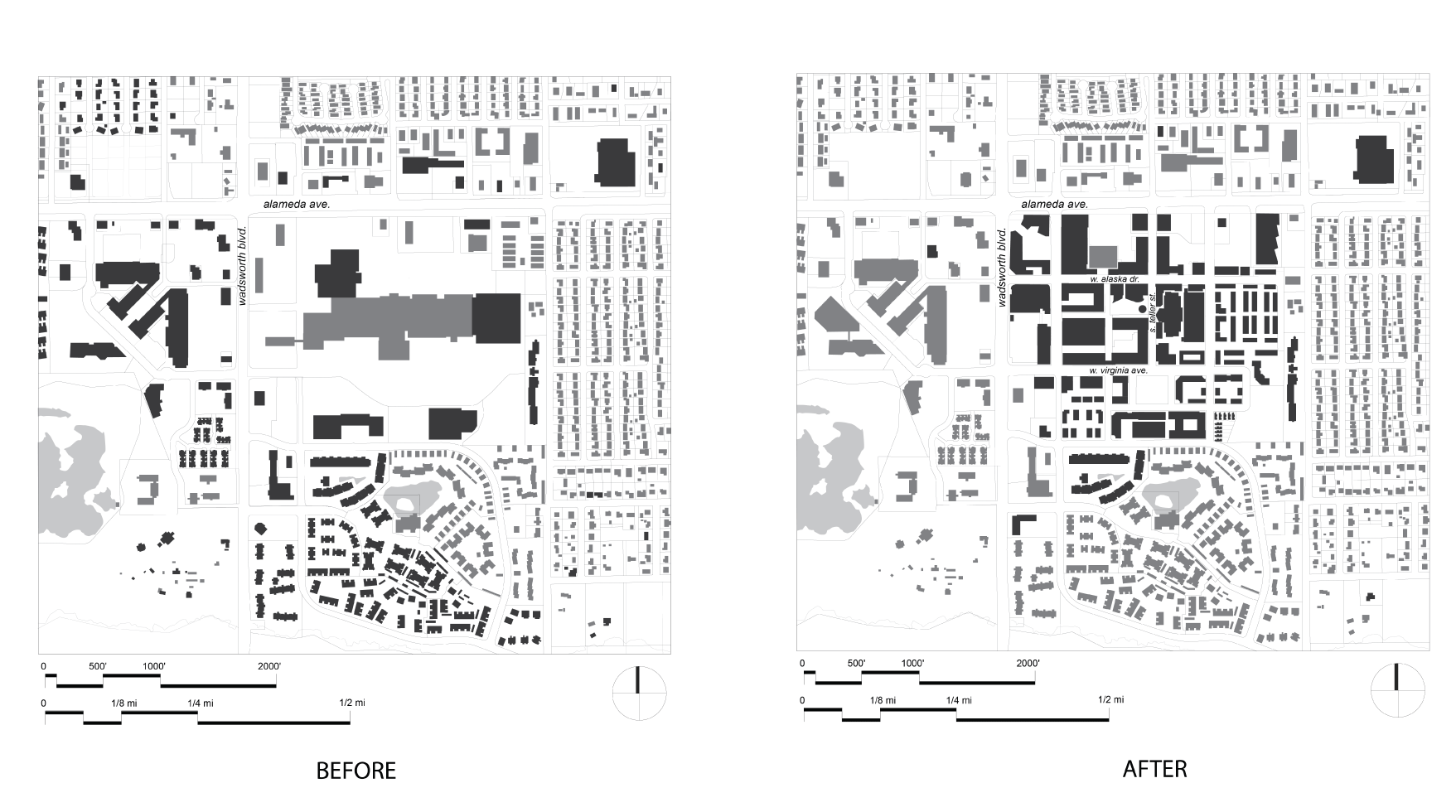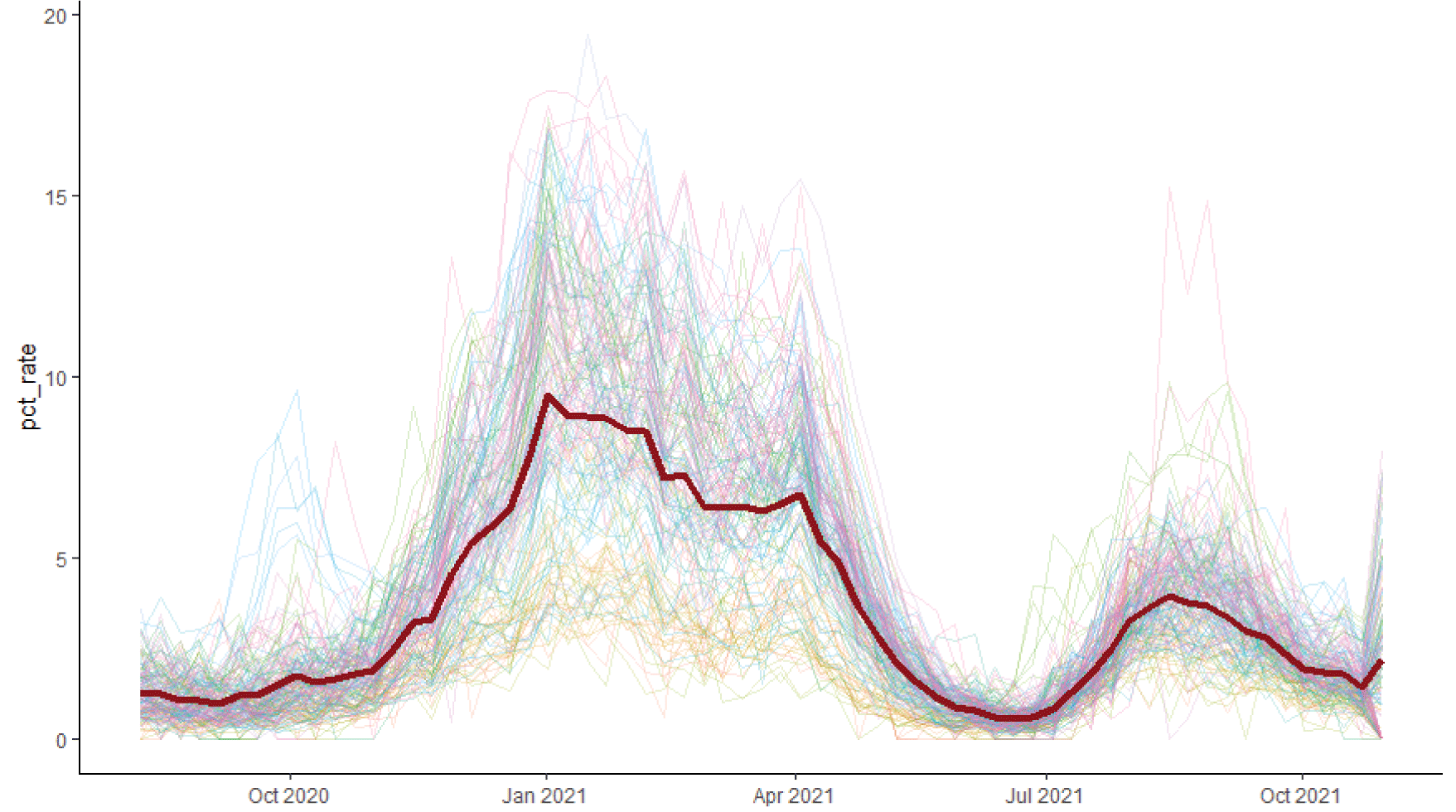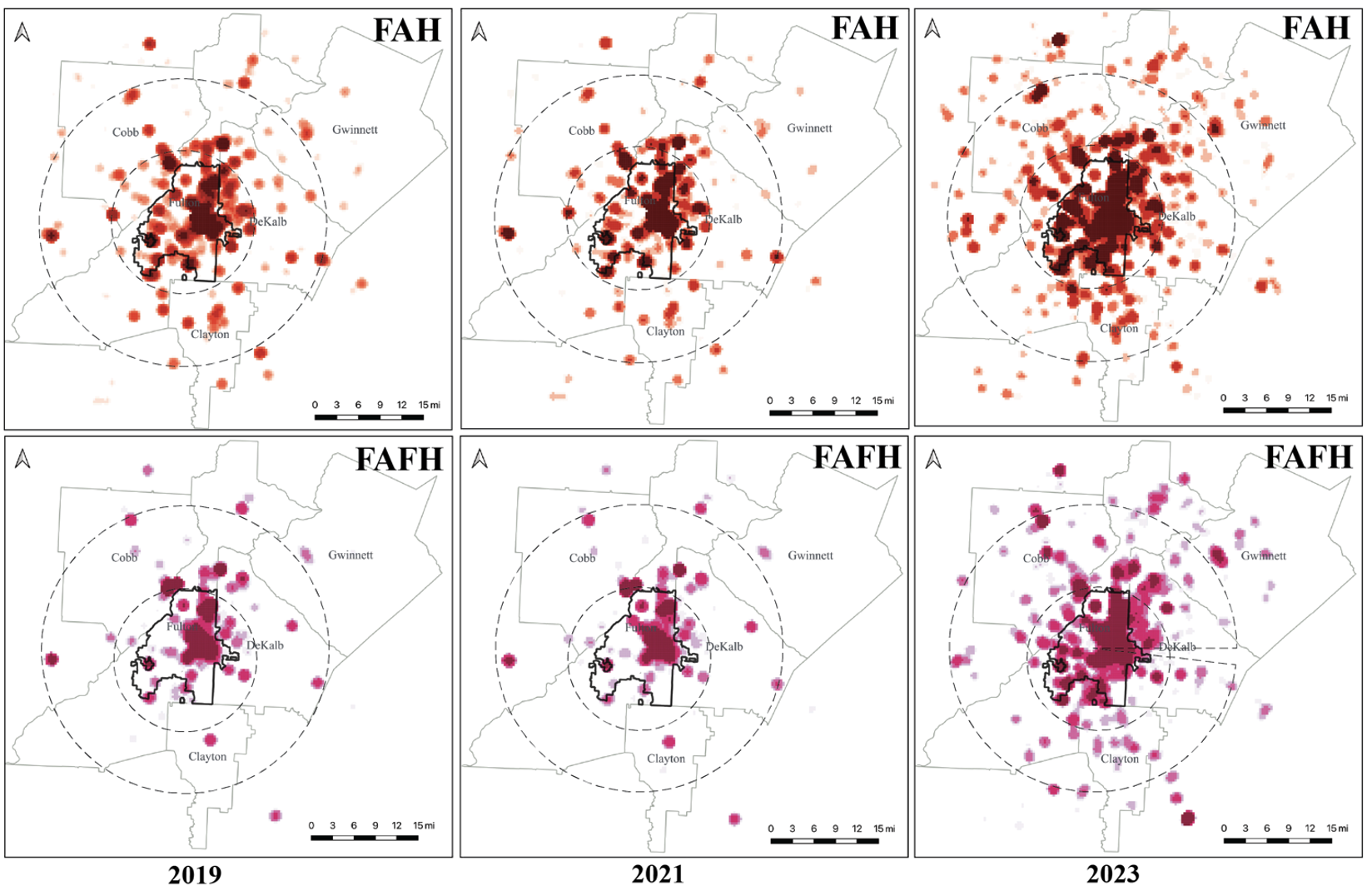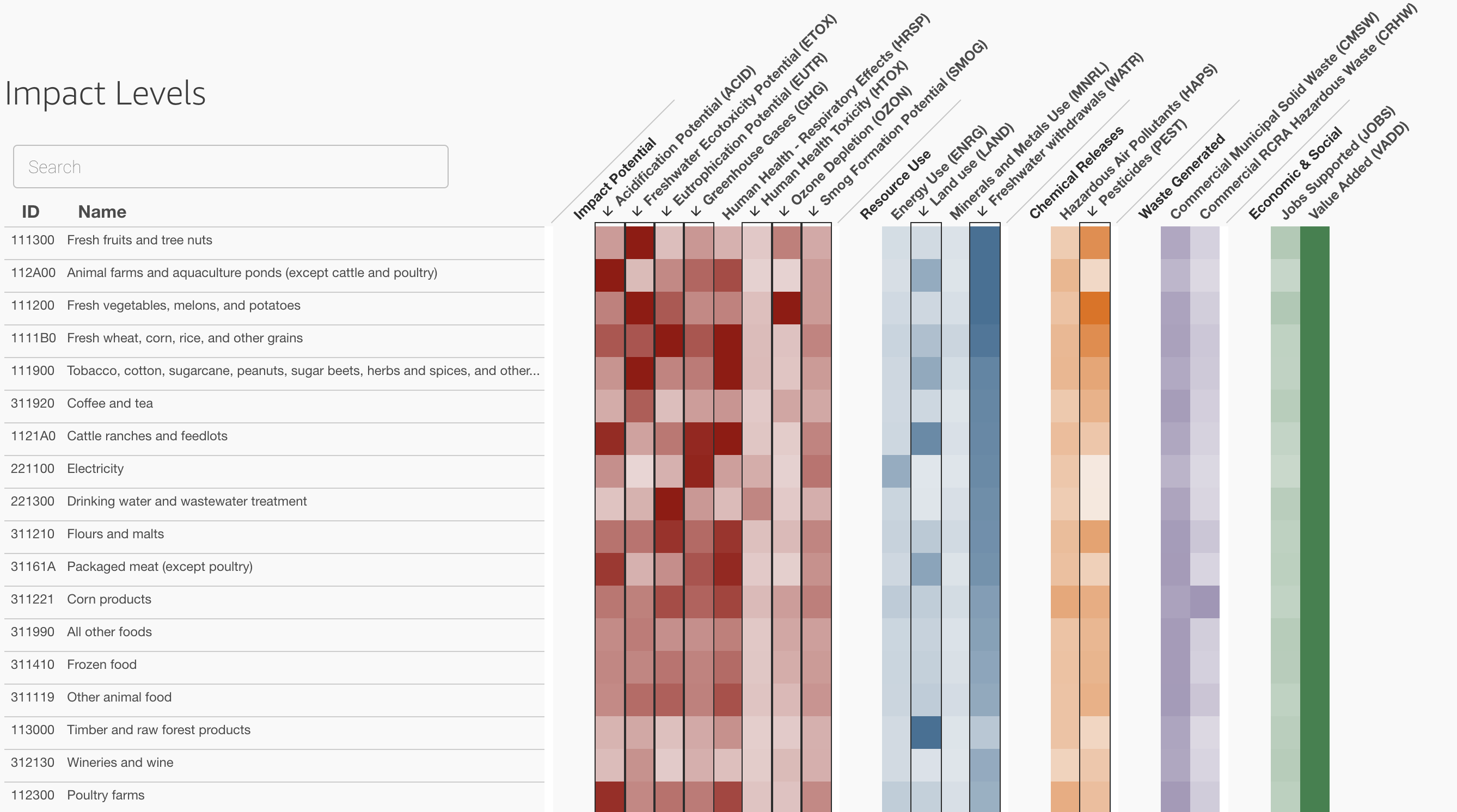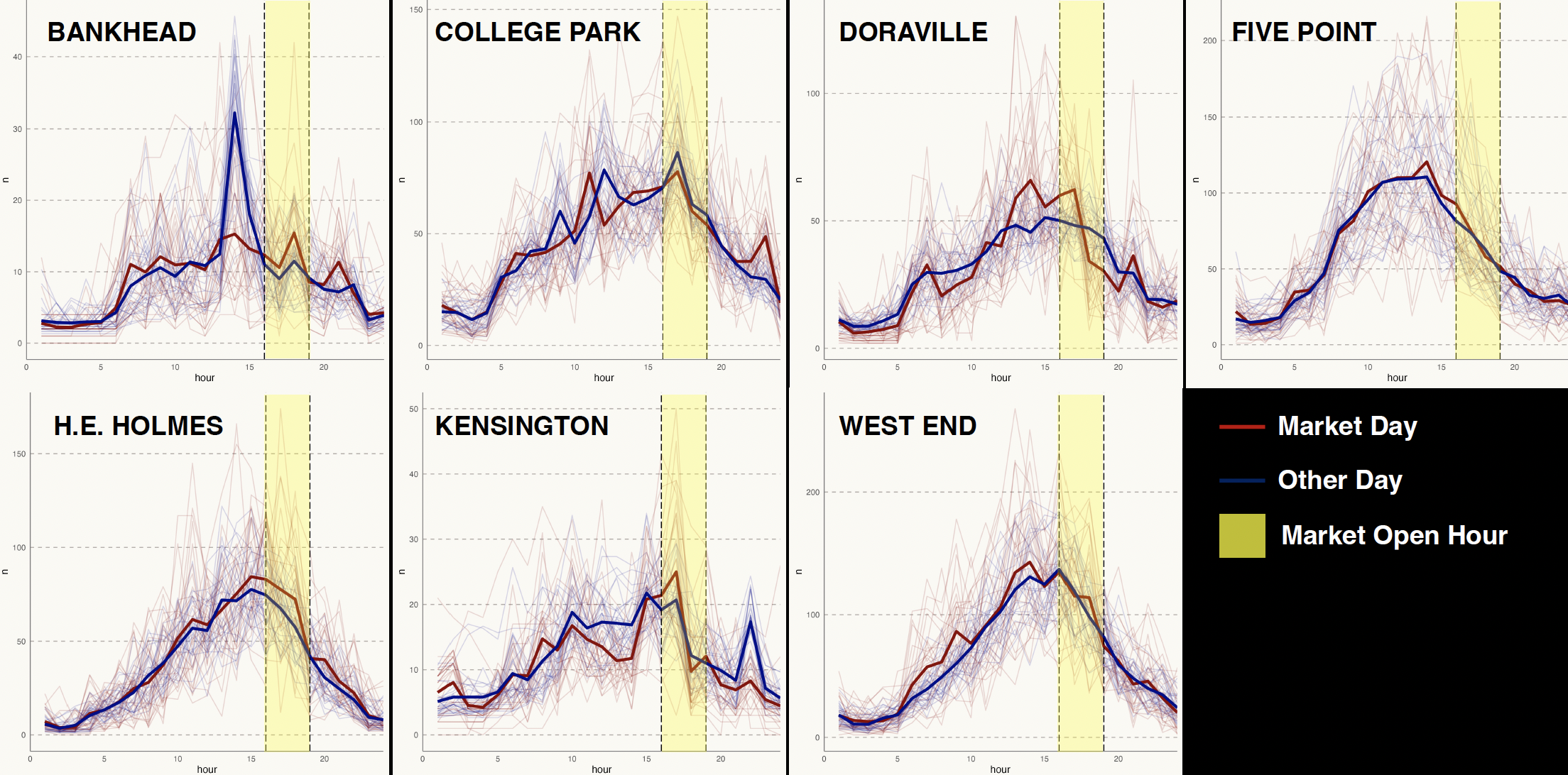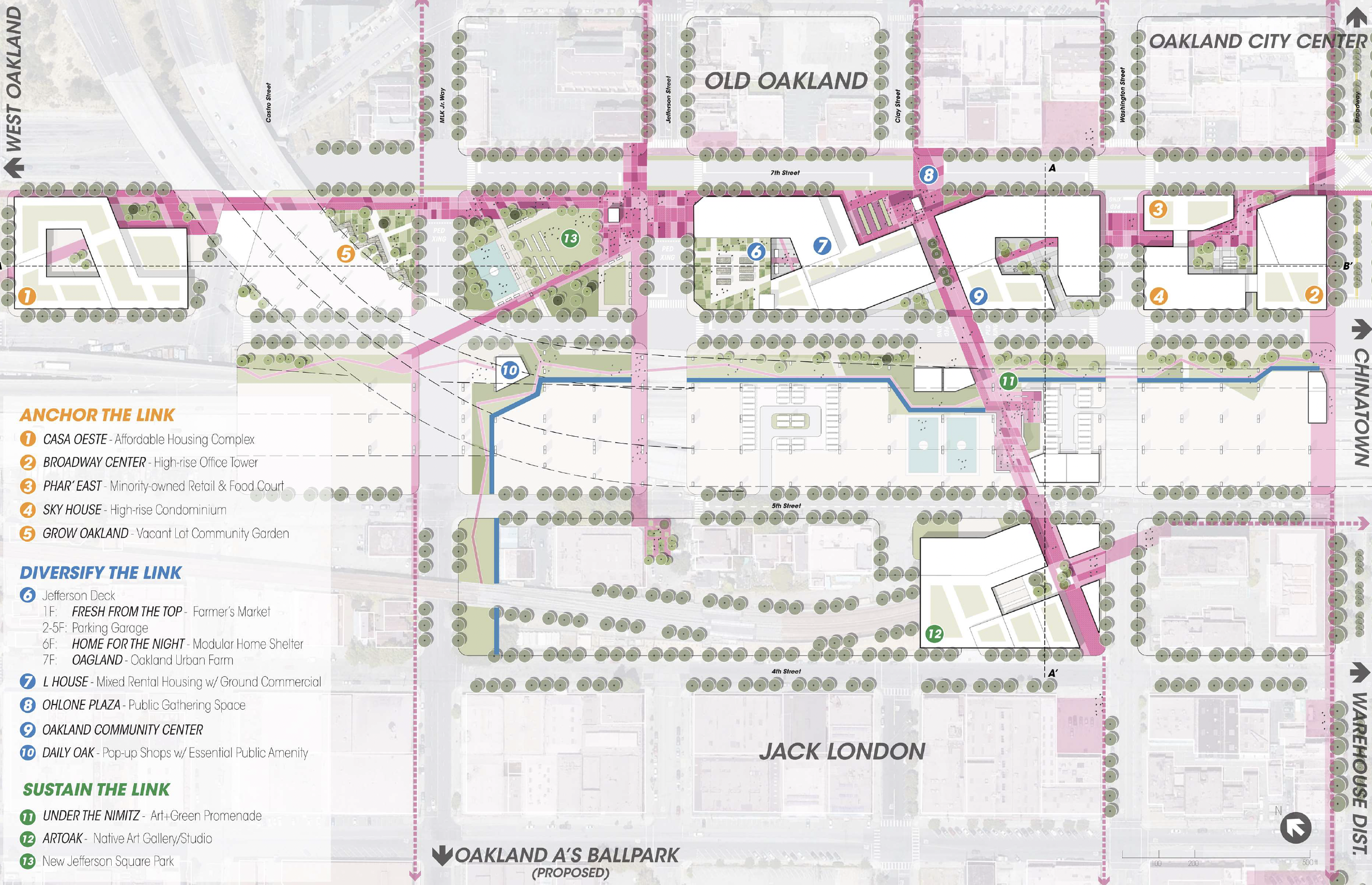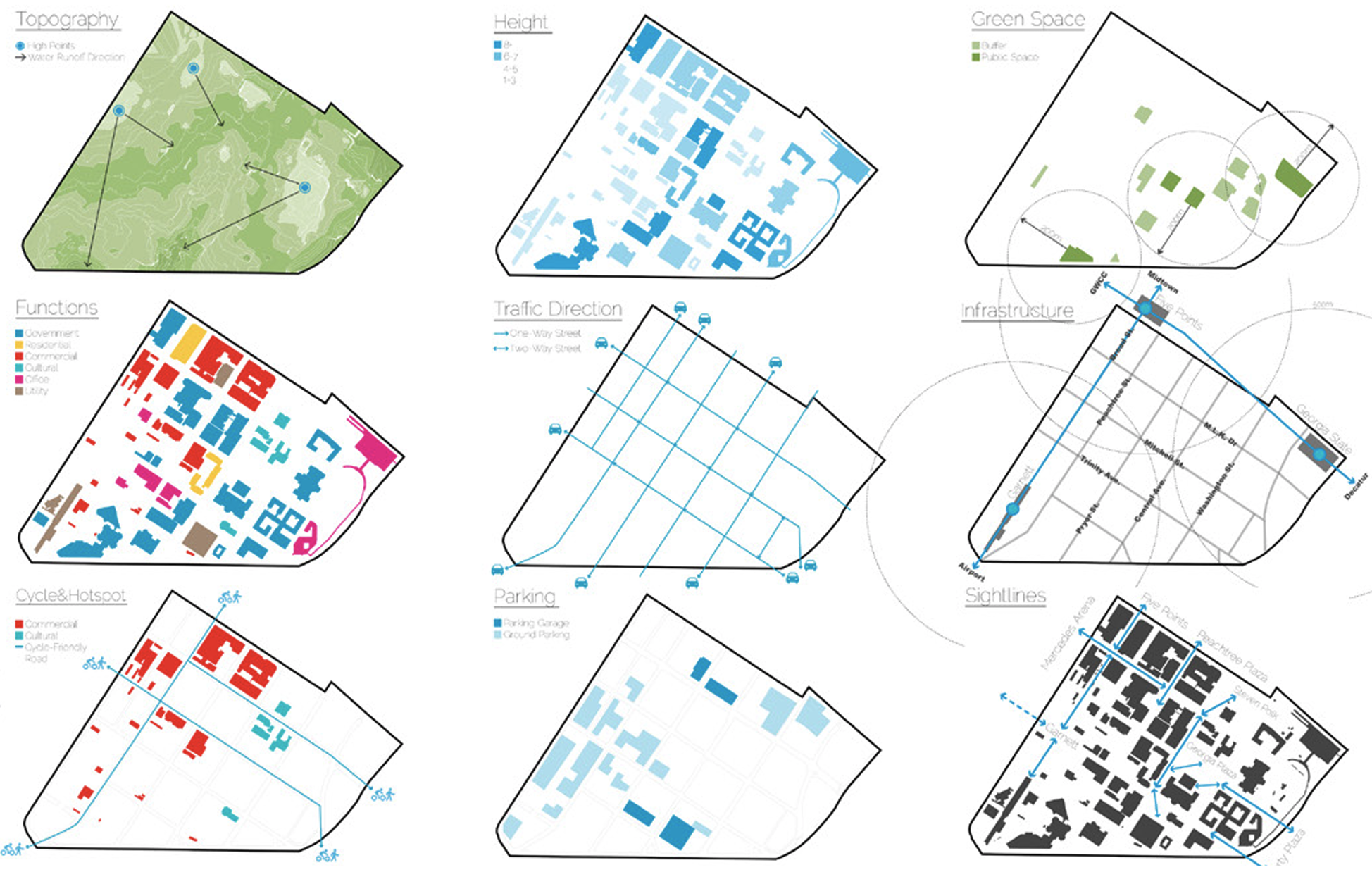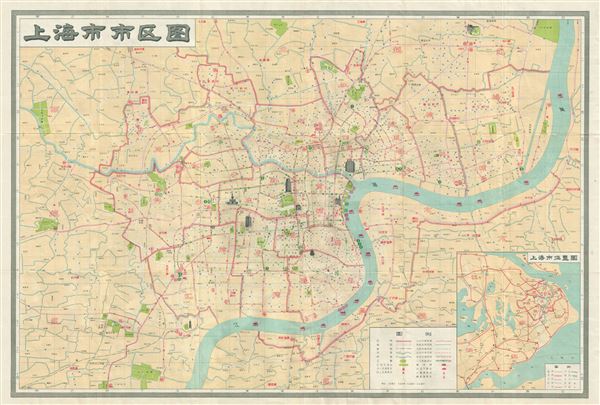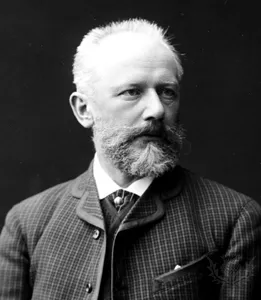Research
Large corporate buyers of residential rental housing during the COVID-19 pandemic
In this research brief, we describe spatio-longitudinal purchase patterns of single family rentals to reveal the impact of institutional investors on the housing market during the COVID-19 pandemic .
Do urban form characteristics perpetuate disparities of pandemic-induced mobility changes?
The COVID-19 pandemic has had a significant impact on urban mobility. This paper investigates associations between the morphological features of the built environment and changes in population mobility patterns during the pandemic.
Climate Change Data Inventory and Dashboard Scan
How does Metro Atlanta contribute to and has been affected by climate change? To monitor the trend and foster public awareness, the Atlanta Regional Commission (ARC) is working on creating their first Climate Change Data Inventory.
Is the impact of voluntary Work From Home (WFH) on urban retail moderated by built environment characteristics?
Retail stores in urban office districts were reported to lose customers as a regional trend due to the Stay-At-Home mandate. As corporate policies shifted to voluntary Work From Home (WFH) post-pandemic, does the built environment play a role in distinguishing retail winners and losers of retail travel?
The SuRe Gap: Bridging the Gap Between Idealized and Attainable Infrastructure Sustainability and Resilience
The work aims to better understand the hurdles to successful implementation of successful of interdependent infrastructures so that we can better bridge the gap between idealized systems and attainable practices. We call this the SuRe gap.
Spatio-Temporal Modelling of Mobility Patterns and Exposure to COVID-19 in New York City
We have introduced a novel neural-network architecture that leverages mobility data to provide localized prediction of case rates. Since localized predictions is an important challenge in epidemiology, we believe our work will inspire methods that leverage county level and zip code level features and use neural models to accurately predict epidemic dynamics.
Socio-economic disparities in food activity spaces in Atlanta, 2019-2023
An observational study utilizing longitudinal datasets (2019-2023) enriched with geolocation tags to explore trends on socio-economic disparities in retail food activity spaces across Atlanta.
Georgia Environmentally Extended Input-Output Model (GAUSEEIO)
The US Environmentally Extended Input-Output Model (USEEIO) is a national life cycle model created by the US Environmental Protection Agency that combines environmental and economic data to characterize both positive and negative effects associated with the production and consumption of goods and services in the United States.
Does the marriage between public transit and freshfood help combat the “food apartheid”?
Initially launched in 2015, the Fresh MARTA market provides farm stands right inside our stations. Does the MARTA market promote public transit ridership? Does it encourage the adoption of a better food choice architecture at the population level?
